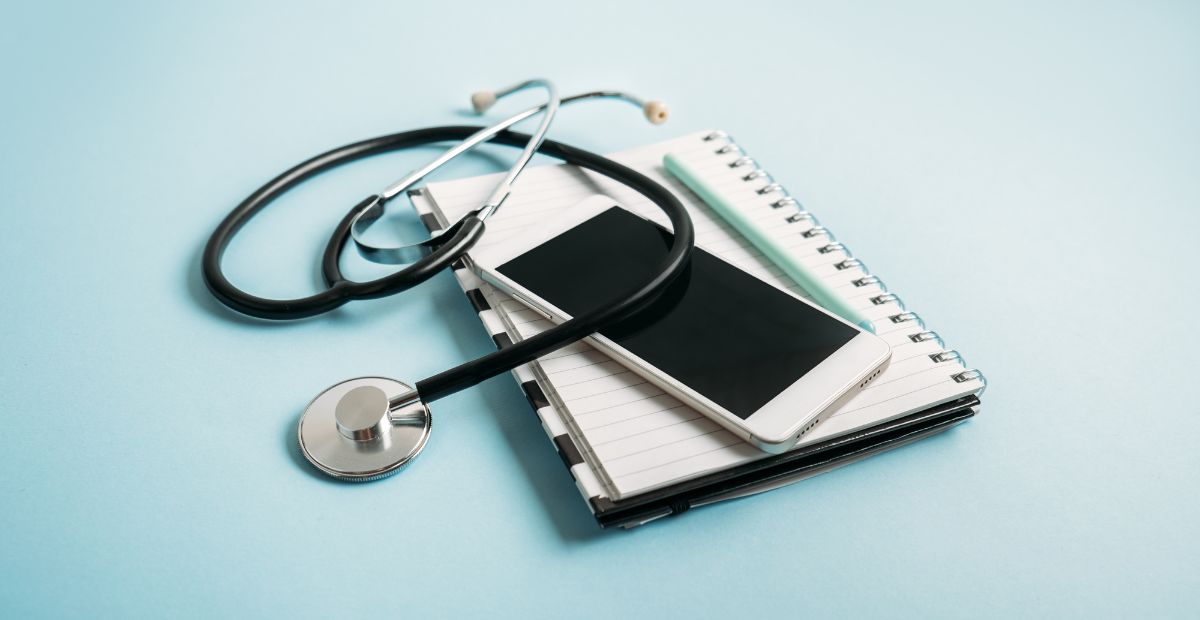Contributed by Gozio Health
For healthcare organizations, developing the right mobile offering presents a strong opportunity for growth. It’s one reason nine out of 10 healthcare executives believe a well-designed, patient-facing mobile app would help their organization achieve its digital strategy goals. Success requires a well thought out mobile and digital strategy. Here’s a short overview of how three health systems implemented a mobile strategy that delivered results.
WakeMed Health & Hospitals
When WakeMed sought to transform its digital front door strategy, most of the mobile solutions that they researched lacked the functionality to be a true “digital companion.”
In 2017, WakeMed began to explore what an all-access digital engagement strategy would include, from the ability to determine wait times at local emergency departments to finding a doctor, registering for care, reserving a seat in urgent care, preparing for the birth of a child, accessing medical records, communicating with a healthcare professional or paying a bill. WakeMed worked with Gozio Health to come up with a preliminary design, which they tested with employees first. They identified opportunities for refinement then rolled it out to the public in 2018.
WakeMed has constantly monitored and adjusted their mobile front door based on the user data. Today, they add more than 2,000 new users every month, have had 1.5M sessions, and 74% of their users return to use the app again. They have continued to add features and enhancements and align their mobile app and website to create a cohesive digital front door. As a result, they won the 2023 eHealthcare Leadership Awards in the Category of Best Digital Front Door and Best Mobile App.
University Health San Antonio
University Health’s mobile app was designed to anticipate consumers’ needs and grow and change as needed, which provided a strong foundation for patient engagement during the pandemic. This nimble approach empowered the health system to become the go-to vaccine clinic in Bexar County, accelerating appointments for COVID-19 vaccinations and serving as a mobile companion for patients throughout their vaccination journey.
Within two weeks of the start of the pandemic, University Health equipped its mobile app with the capability to deliver real-time push notifications directly to consumers’ smartphones, provide immediate access to virtual triage, and offer real-time information on health system hours, protocols, and wait times. Residents also could access the county’s COVID-19 tracker through the app for an in-the-moment view of the county’s risk status.
The ability to shift priorities so easily has paid off with over 175,000 downloads of the mobile app and a very high reuse rate of 84%. Since their launch usage has risen dramatically, from an average of 100 sessions a day to 10,000 sessions a day. University Health was the leading systems in the country for digital patient engagement in the CHIME Digital Health Most Wired survey for 2023. “Having a fully featured mobile app in place proved instrumental to our pandemic response and our vaccine distribution strategy,” says Selene Mejia, digital marketing manager for University Health. “It enables University Health to establish a direct relational link with the community, advance vaccine administration in our region, and target vulnerable and underserved populations.”
Piedmont Healthcare
In 2017, Piedmont launched “Piedmont Now,” a mobile app designed to help patients and their families easily navigate this multi-hospital system. The offering provides innovative wayfinding technology along with a host of features that consolidate Piedmont’s consumer touch points through one mobile platform from Gozio Health. To get there, Piedmont relied on feedback from a consumer advisory group as well as employees from across the organization to determine which features would generate the highest engagement. The health system also used real-time analytics to inform ongoing improvements to its digital front door.
“The time and effort we put into designing Piedmont’s mobile app enables patients and families to feel confident in arriving at any destination in our system,” says Katie Logan, vice president of experience for Piedmont. “It also ensures that consumers will find value in our digital front door beyond the day of their visit.”
Today, Piedmont has 350,000 users on their mobile app who have engaged in seven million mobile interactions. Most importantly, 78% come back and reuse the app.
The themes that tie all these successes together are clear:
- Look for a solution that allows you to bring all the patient-facing technology together in one place.
- Look for a solution that is flexible and allows you to be nimble and make changes quickly to address changing needs and expectations.
- Gather a lot of input and feedback from patients and staff and use analytics to keep refining the experience to make it ever more engaging.
About Gozio Health
Gozio Health assists hospitals with the adoption of mobile technology by delivering the best end-user experience with the least customer effort. Their patented way finding platform can serve as the front end of a hospital’s entire mobile strategy with step-by-step, real time navigation and information that gives patients and visitors a compelling reason to engage with the assurance of never getting lost.
Patients have consumer expectations and want a digital interaction tailored to their needs, consequently hospitals need to align their mobile strategy to meet these expectations. By providing an anywhere, anytime connection between you and your patients, a strong mobile strategy can take your patient engagement to a whole new level, strengthening loyalty and steering repeat business to your health care system.
To learn more, visit goziohealth.com.
